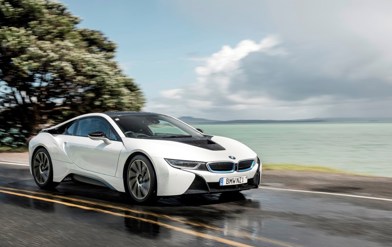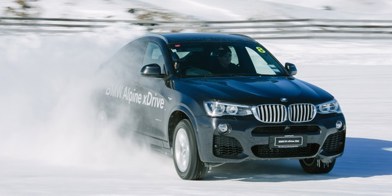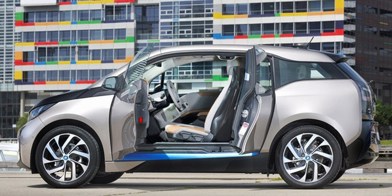Reports of the death of the Volkswagen Golf have been greatly exaggerated.
The longer term future of the car has been acknowledged by most of the car industry as being electric; some brands have even committed to going 100 per cent Battery Electric Vehicle (BEV) in the next decade (Jaguar, Volvo).
VW has weighed in with its own dedicated BEV brand, ID. It’s even gone so far as to say that the ID.3 BEV family hatchback will be one of the three most important models in its history, alongside Beetle and Golf.
Given that Golf was essentially a game-changing replacement for Beetle in 1974, it stands to reason that the ID.3 should mean the new Golf 8 is a last hurrah for VW’s iconic hatch.
Except it’s not.
Golf 8 has just launched in New Zealand. VW Group has already confirmed that development of combustion engines will continue alongside a heavy focus on BEVs (70 per cent of European sales by 2030), using Plug-in Hybrid Electric Vehicle (PHEV) technology.
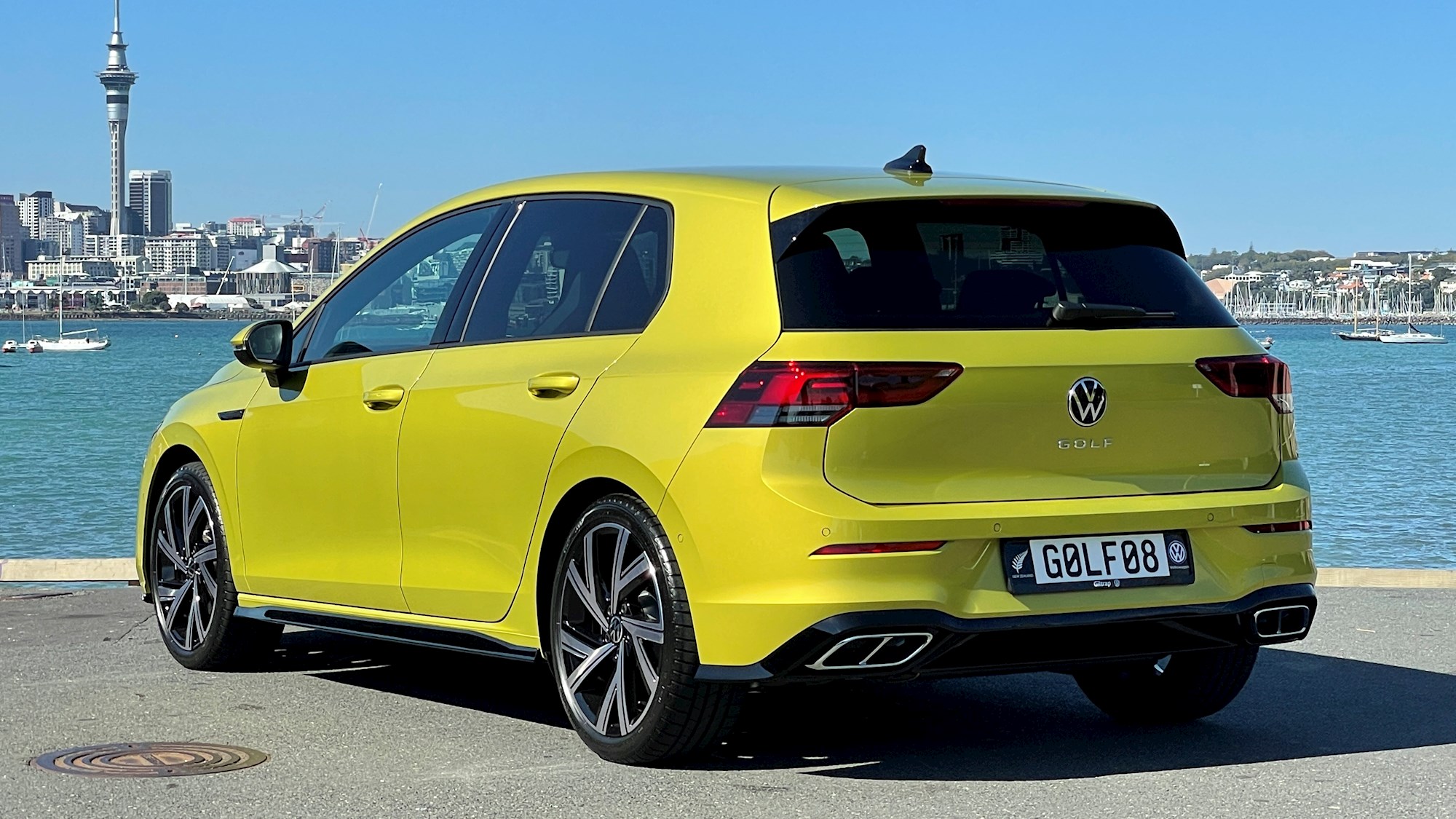
More to the point, VW Group has confirmed that there will indeed be a Golf 9. So there’s plenty of life in this modern classic yet.
For now, the all-new Golf 8 sticks to a formula that will be familiar to the 35 million buyers of previous models. There’s a petrol engine for the mainstream Life and R-Line variants available now, with the new GTI on the way in May and the range-topping R due in November.
Electrification is still a while away for Golf in NZ. Local distributor EMD is looking at PHEV and mild hybrid options (both already available overseas), but demand to meet emissions standards in Europe and the simple logistics of allocating new models to tiny export markets means we won’t see those until at least next year, and most likely not until 2023.
For the same reasons, we won’t be seeing any of the ID family much before then either. They are “almost a complete buying cycle away,” says VW NZ general manager Greg Leet.
Maybe not what you wanted to hear. But at least it means if you’re moving up to the Golf 8 as it stands, you’re not going to be gazumped by electric tech for a while.
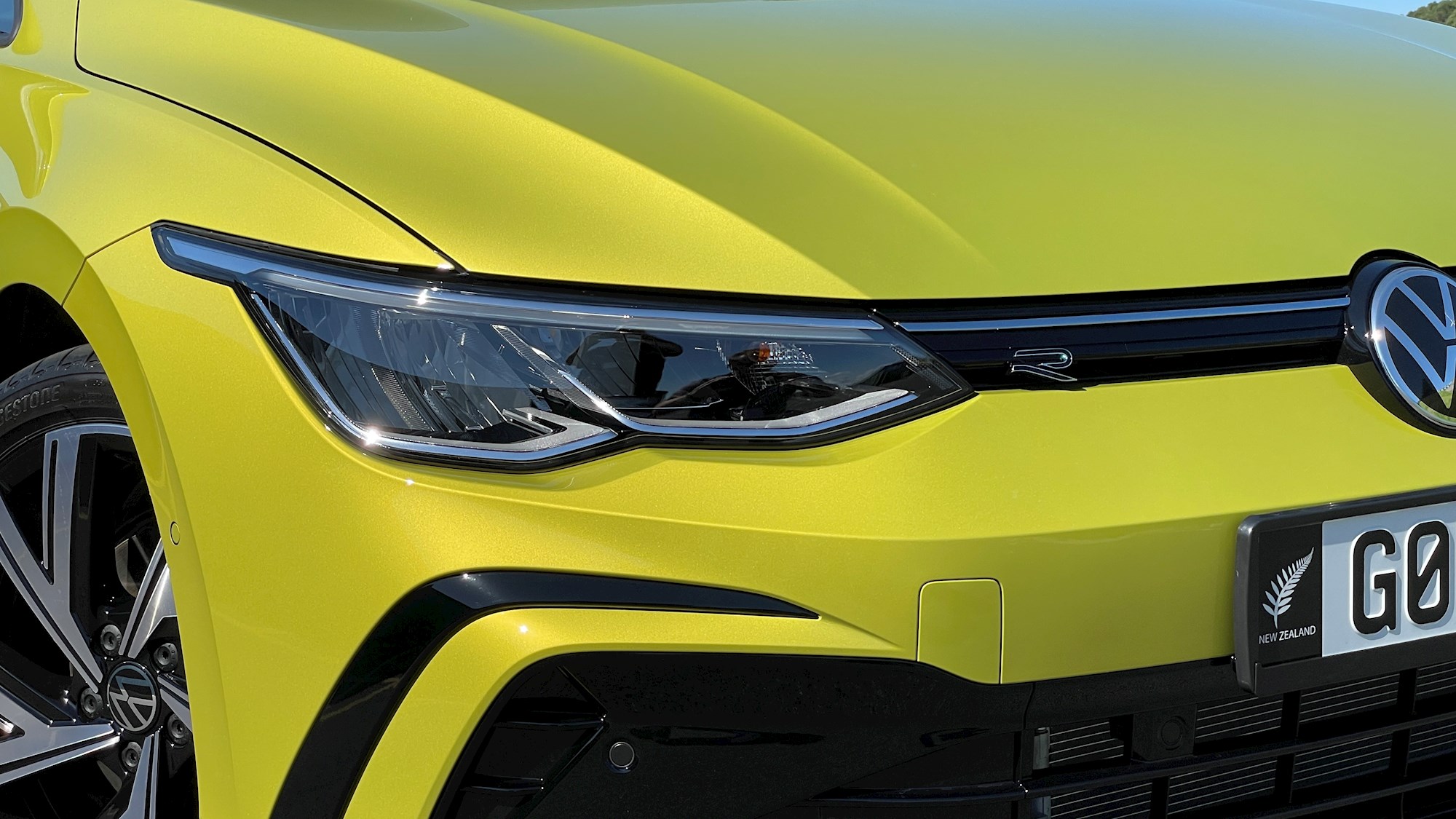
Sly new LED eyes aside, Golf 8 is familiar in proportion to the one it replaces (and the one before that, and the one before that). That’s kind of the point. It’s supposed to be a constant in VW’s world.
The 1.4-litre engine in both the $37,990 Life and $47,990 R-Line models is the tried and true 110kW/250Nm 1.4-litre, but the previous dual-clutch (DSG) gearbox has been dropped in favour of a conventional eight-speed automatic for reasons… nobody at VW NZ can quite explain. That’s just the way it came. And no, don’t read anything sinister into it – DSG continues in the higher-end Golf 8 models and the facelifted Tiguan 1.4 for that matter.
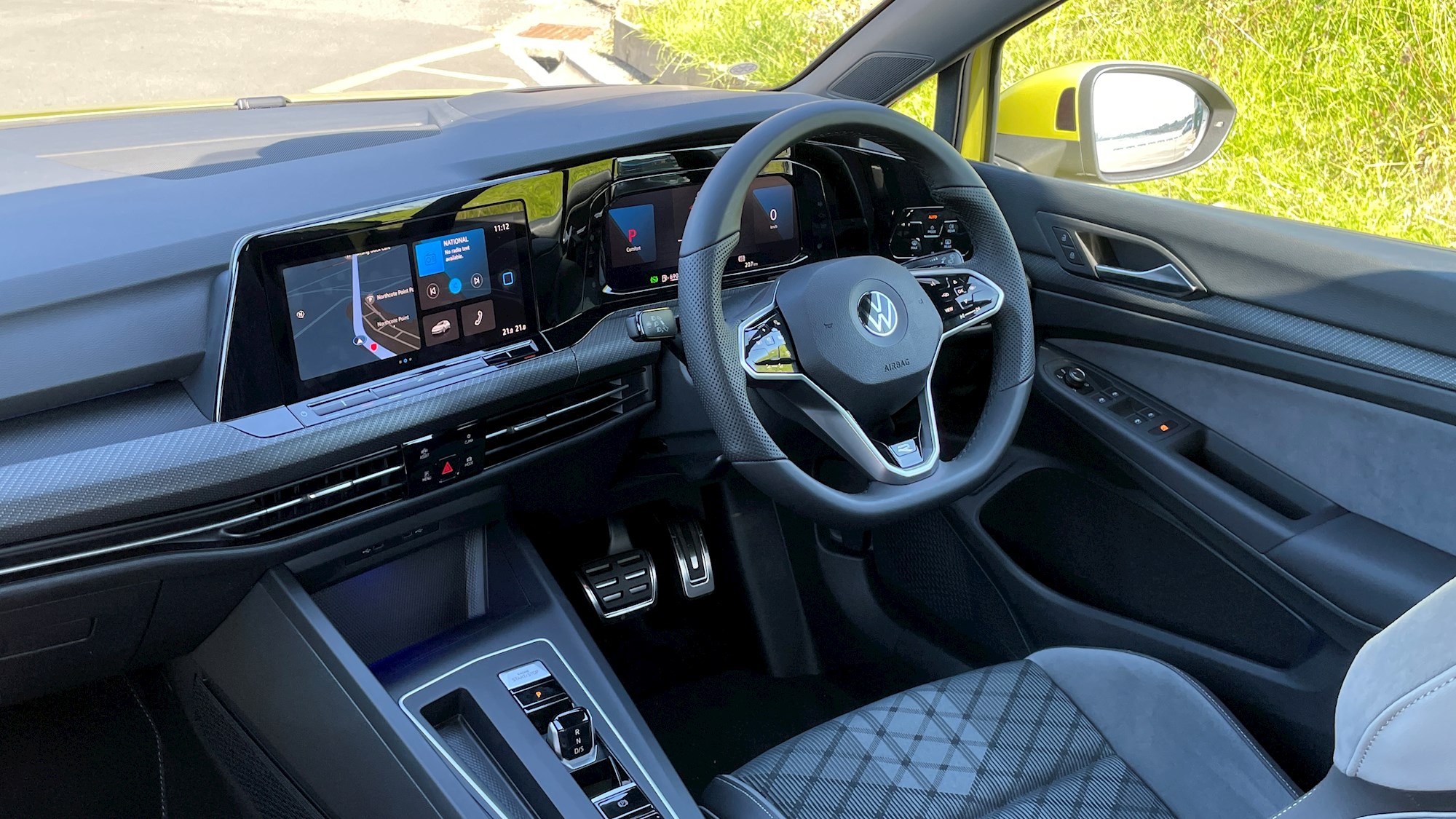
What has really changed with Golf 8 is the quality and technology. Fit and finish in the cabin takes another big leap forward and while the company is happy to acknowledge the exterior is an “evolution”, it claims there’s “revolution” inside. With some justification.
The cabin is big on screens and haptic feedback, stripping away physical switchgear to the absolute minimum. It’s actually pretty close to the look and feel of the ID.3 – and yes, we have driven the new BEV on Kiwi roads, which is another story for another time (soon).
Anyway, the Golf has an impressive interior by any measure. Even the entry Life gets a 10.25in digital instrument panel and eight-inch infotainment touch screen, surrounded by 10-colour ambient lighting.
The R-Line adds heads-up display, larger 10-inch touch screen, wireless phone projection (a Qi wireless phone charger is standard across the range) and another 20 colours for the lighting.
It’s not an environment you can get to grips with straight away. Things you might normally expect to find as controls on the console have migrated to the menus on the screen and the whole MIB3 infotainment operating system is brand new in look and configuration, so there’s some learning to do.
While the entry Life still feels quite luxurious and has an impressive suite of active safety gear, including Adaptive Cruise Control (ACC), Lane Assist, Side Assist and pedestrian and cyclist monitoring for the autonomous braking, you’re still getting a substantially better driving experience for the extra $10k in the R-Line.
It has 18-inch wheels compared with the 17s on the Life. You’re sitting on very nice R-Line sports seats, you get a bit of chassis customisation from Driving Profile Selection and the ACC gains Travel Assist, which is basically traffic jam assist/semi-automated steering.
We’ve had a brief half-day run in the R-Line, on a combination of motorway and country roads. Generation 8 does what Golfs have always done: provide a seamless blend of ride comfort with high-speed cornering smarts, making excellent A-to-B progress while making it all seem quite effortless.
Full marks to the new eight-speed automatic. It may not theoretically shift as quickly as a DSG, but it certainly feels like it does. And it’s noticeably smoother around town, with none of the slightly erratic slip you get from dual-clutch tech during low-speed manoeuvres.
Hatches are not really a big thing any more, but Golf holds its own against VW NZ’s best seller, the Tiguan SUV. The company reckons it’ll move 750 this year (Tiguan more like 1000, albeit constrained by supply), and that’s without the full benefit of the hot models.
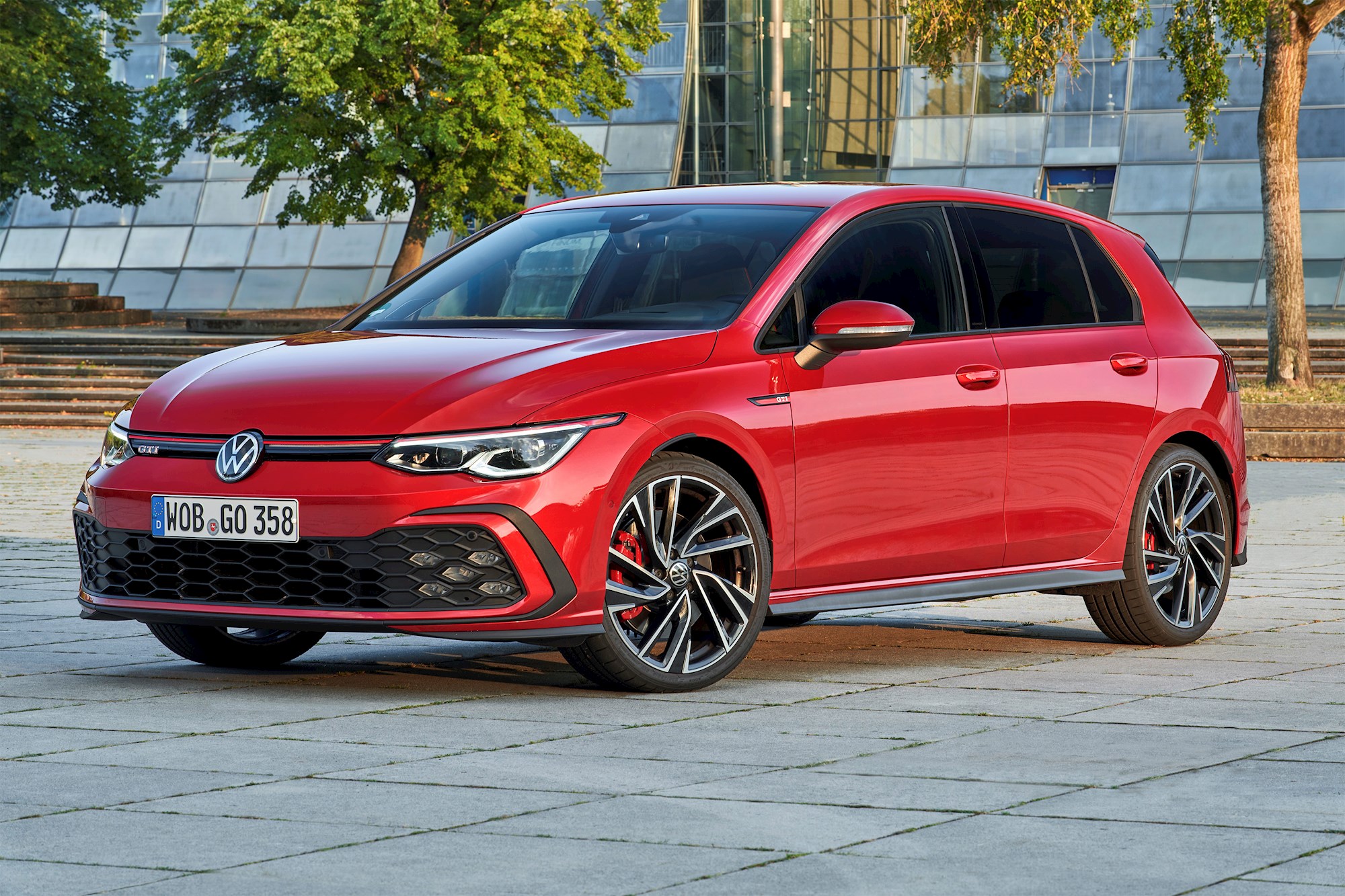
Speaking of which: the $61,490 GTI arrives in May, with a healthy 180kW from its 2.0-litre turbo and a dizzying 15 different damping settings for its Dynamic Chassis Control system. Price: $61,490.
Later, in November, we’ll see the new Golf R (below in blue), which has been ramped up to 235kW and now features proper torque vectoring control on the rear axle (up to 100 per cent of available power to just one wheel if needed) for the first time.
Final pricing and specification is yet to be decided.
To view all Volkswagen Golf models currently listed on DRIVEN, click here
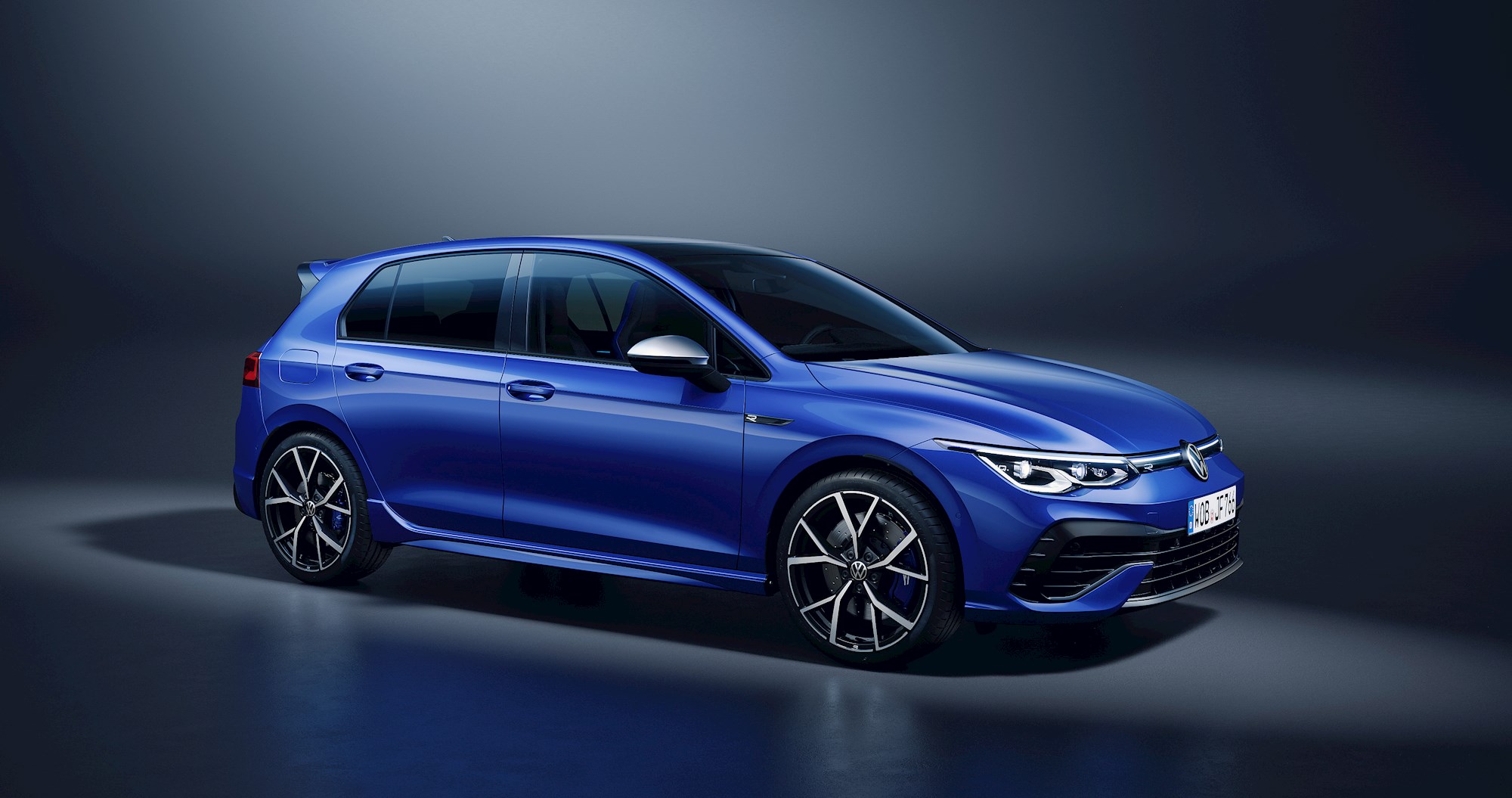
VOLKSWAGEN GOLF 8
ENGINE: 1.4-litre turbo-petrol four
POWER: 110kW/250Nm
GEARBOX: 8-speed automatic, FWD
ECONOMY: 5.8l/100km (212g/km)
PRICES: $37,990-$47,990.
https://www.driven.co.nz/news/vw-will-be-70-per-cent-bev-by-2030-but-we-still-need-combustion-engines-for-a-while/








